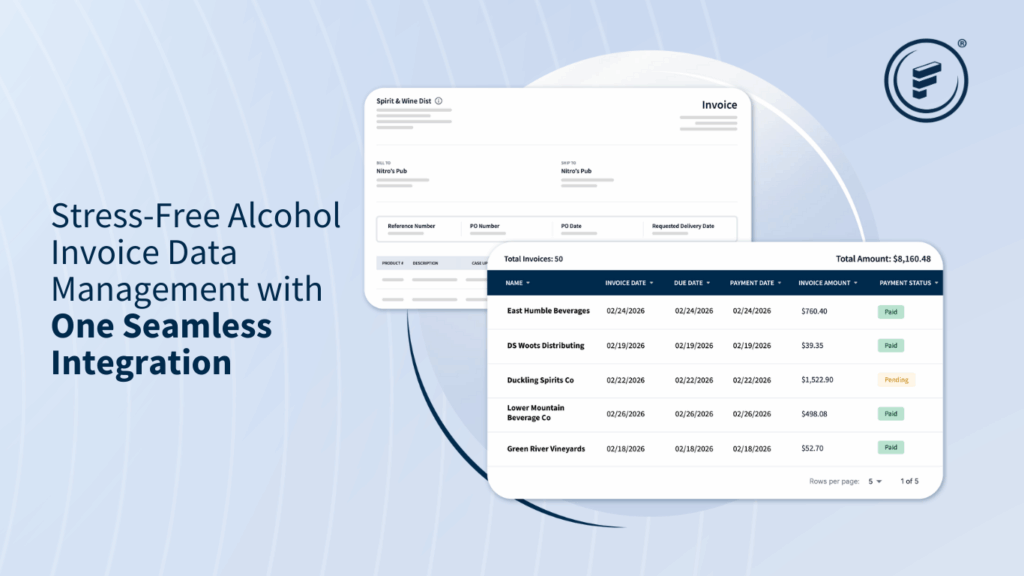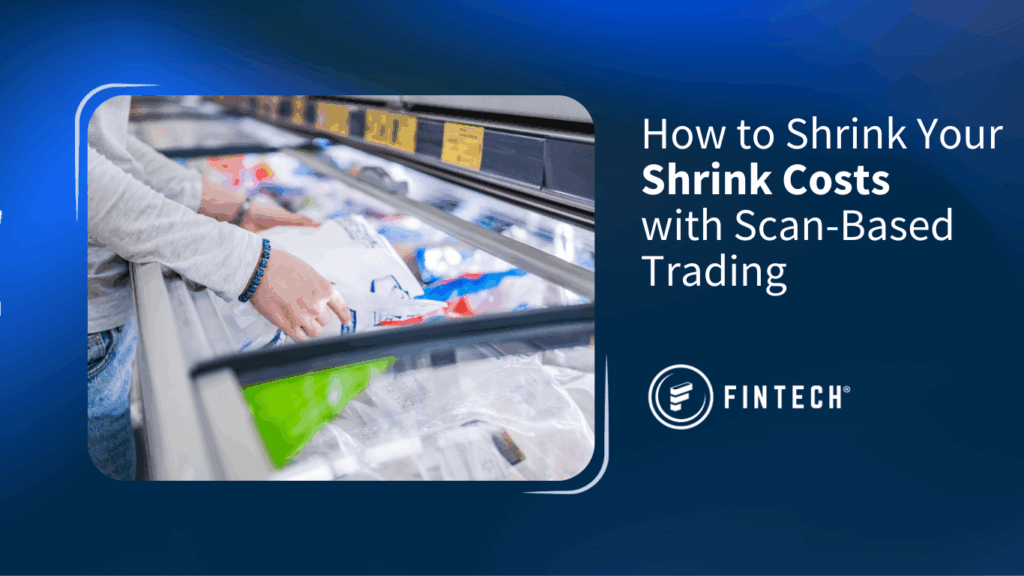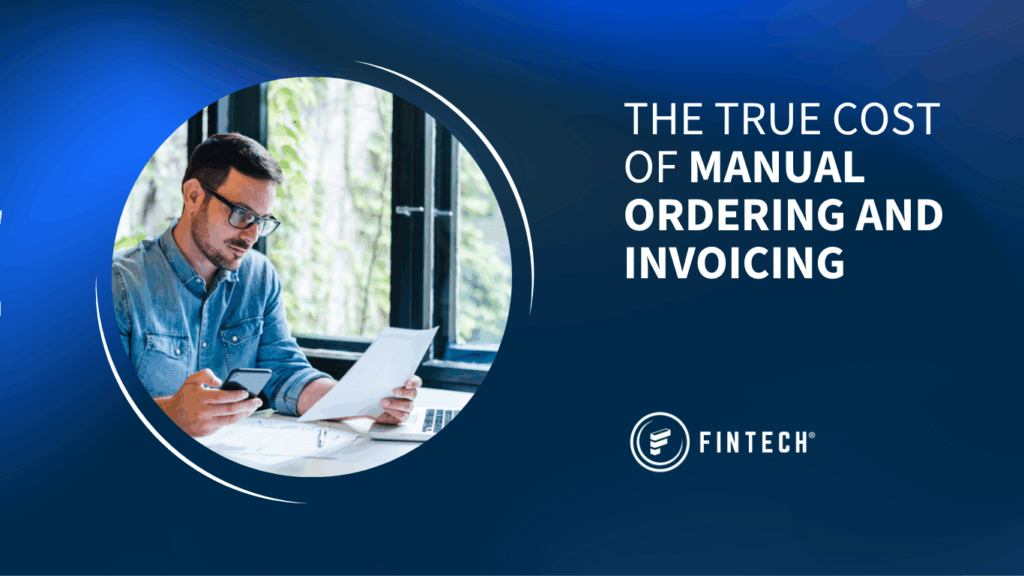Efficient alcohol invoice processing removes bottlenecks imposed by manual accounts payable (AP) workflows. Streamlining your invoice processing can save you time, reduce errors, and improve your bottom line, whether you’re a small bar, a mid-sized restaurant, or a large retail chain. In this blog, we’ll walk you through the dos and don’ts of alcohol invoice processing to help you switch from manual to automated systems.
The Don’ts of Alcohol Invoice Processing
1. Manual Invoice Data Entry
Manual data entry is not only time-consuming but also prone to errors. Mistakes in entering invoice details can lead to discrepancies, delayed payments, and even strained distributor relationships while reconciling. Relying on manual processes risks inefficiencies that can impact your business operations.
2. Write Checks for Alcohol Invoice Payments
Writing checks for invoice payments is outdated and slows down your payment process. Checks can get lost in the mail, take time to clear, and are susceptible to fraud. There is also the issue of remembering to send payments ahead of the due date for term invoices to ensure timely receipt so alcohol deliveries remain uninterrupted. For COD (cash on delivery) payments, keeping checks and cash on hand presents an ongoing challenge, not to mention the need for a manager to be there to give payment. Moving away from checks can help you ensure faster and more secure transactions.
3. Use Multiple Systems for Invoice Management
Using multiple platforms to manage your invoices creates confusion and unnecessary admin labor. Tracking and reconciling invoices across different systems is challenging, leading to potential errors and missed payments. Consolidating your invoice management into a single system can optimize your AP processes.
4. Avoid Delayed Invoice Processing
Delays in processing invoices can have serious consequences, including late fees and cash flow issues. There is also the risk of delinquencies with alcohol invoices, jeopardizing compliance with regulatory laws. Timely processing is essential to maintain good standing with your distributors, remain compliant with alcohol regulations, and keep your financial planning on track.
5. Guessing at Margin Fluctuation Causes
When alcohol margins begin to fluctuate, it can be difficult to pinpoint the reasons why. It becomes even more difficult with manual forensic research, poring over invoices to find cost discrepancies, miscellaneous fees, or unreceived credits that are eating away at the bottom line. The problem needs to be found as soon as possible so businesses can course correct to save money. Having automated AP processes gives you the reporting tools needed to uncover the source of the margin fluctuations without the guesswork.
The Dos of Alcohol Invoice Processing
1. Automate Invoice Data Entry
Automation is a game-changer for invoice processing. Automated systems can handle line-item data entry and standardization with greater accuracy and speed than manual methods. This reduces errors and frees up your staff to focus on more strategic tasks.
2. Implement Electronic Payments
Electronic payments are faster, more secure, and more convenient than traditional methods like checks. They reduce the risk of fraud and ensure that your distributors receive their payments on time. Electronic funds transfer (EFT) is the preferred payment method to support automated invoice processing.
3. Consolidate Invoices Into One Portal
Having a centralized system for all your invoices improves visibility and control over the invoicing process. A single portal allows you to track the status of all invoices in real-time, making it easier to manage payments and resolve any issues promptly.
4. Accelerate Invoice Processing to Realize Cash Flow Faster
Automated invoice processing with electronic payments means that all your alcohol invoices are paid on time, every time. This allows you to realize cash flow in a timely manner more consistently. With automated invoice processing, businesses can authenticate their numbers faster to understand where they are sitting financially to make better business decisions regarding business purchases and other areas affecting the bottom line.
5. Leverage Data Analytics to Protect Margins
Data analytics provide valuable insights into your spending patterns and help identify areas for improvement. Digitizing your AP with automated invoice processing to rule out whether pricing is the issue or if it is something else like overpouring or theft. Use analytics tools to monitor your invoice processing performance and to make data-driven decisions that enhance efficiency by reducing admin labor with forensic research.
Start 2025 By Embracing the Dos of Alcohol Invoice Processing
Switching to automated invoice processing can transform your business operations. By following these dos and don’ts, you can optimize your processes, save time, and improve your financial management. Embrace modern invoice processing practices to stay competitive and ensure your business thrives.






